1. Bull Ants

Bull ants may be small, but they don’t mess around. Found primarily in Australia (where, of course, even the ants are terrifying), these aggressive little critters are known for their painful stings and relentless behavior. Their venom packs a punch, and they’ve been known to chase intruders far away from their nests—which feels extra dramatic for something only an inch long. These ants also have excellent vision, so sneaking past them is not an option—they’ll see you and come after you with the fury of a creature 100 times their size. They may not kill you, but they’ll make you regret getting in their way.
2. Honey Badgers
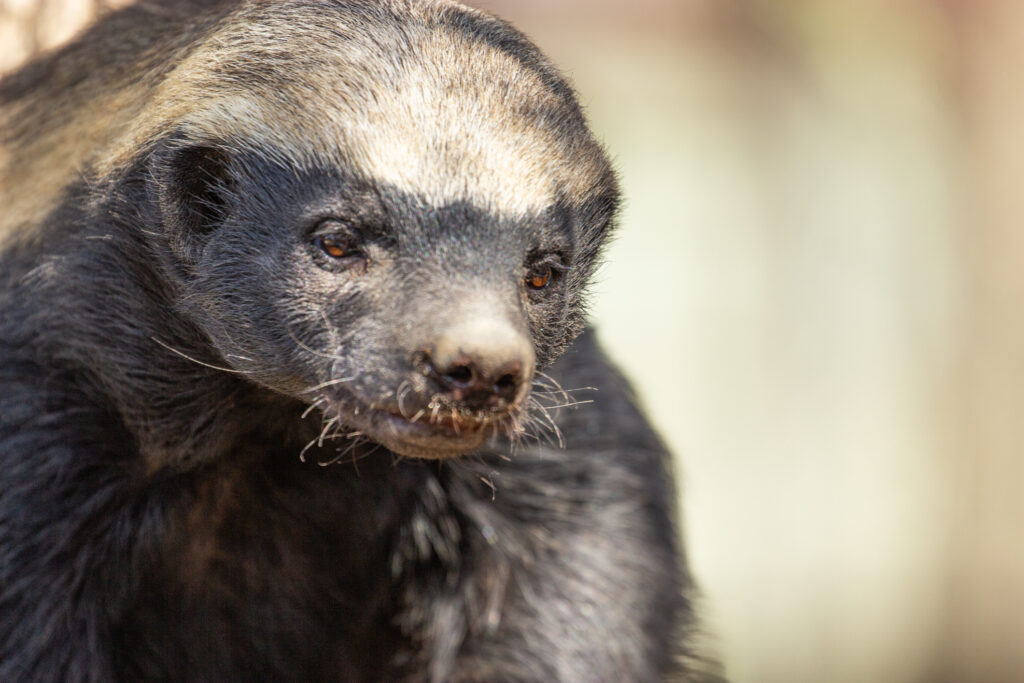
Okay, technically, honey badgers aren’t the tiniest creatures, but at just 25–35 pounds, they’re small compared to their ferocity. These guys take “fearless” to the extreme, attacking animals much larger than themselves—including lions and hyenas—just for being in their space. Their skin is so thick and loose that even predators struggle to harm them, making them feel invincible. Honey badgers have even been known to attack beehives full of angry bees, all in the name of a sweet snack. If you see one, admire from a distance—they have nothing to lose and will fight you like they own the planet.
3. Pufferfish: Cute, but Stay Back
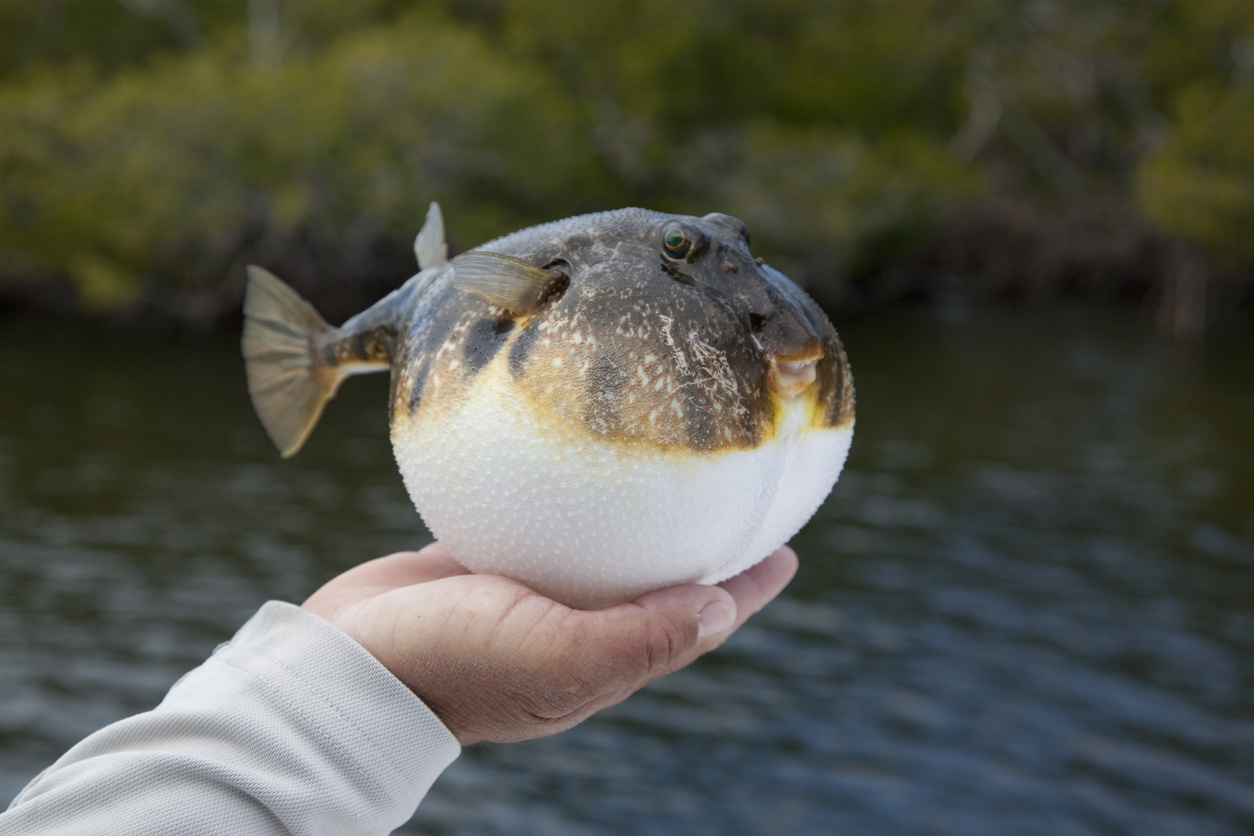
Pufferfish may look like adorable swimming balloons, but they’re surprisingly aggressive when threatened—and incredibly toxic. These little fish puff up into spiky spheres when they feel cornered, which is essentially the aquatic version of yelling, “Back off!” They’re not actively hunting you down, but the tetrodotoxin they carry is 1,200 times more deadly than cyanide, so even accidental contact can spell trouble. Despite their defensiveness, they’re often a delicacy in Japan, where specially trained chefs prepare them to avoid poisoning diners. Watching one inflate might seem funny, but it’s their way of reminding you that size doesn’t matter when you’re packing lethal spikes.
4. Territorial Wrasse: Small Fish, Big Attitude
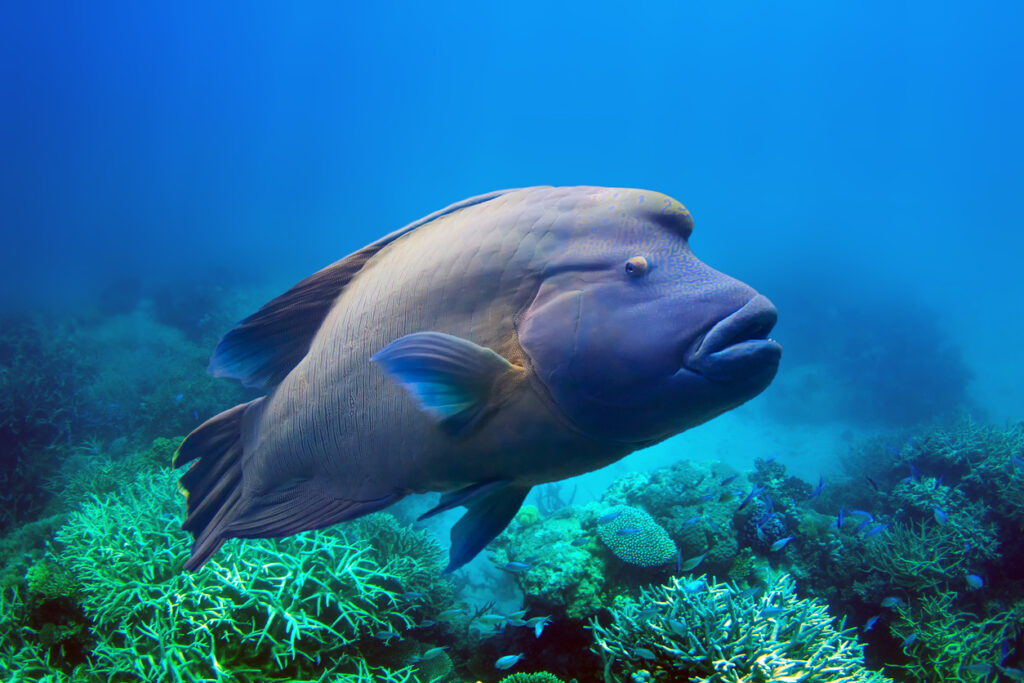
The cleaner wrasse might look like a harmless little fish, but if you invade their space, get ready for a show. These tiny reef dwellers are known for aggressively defending their cleaning stations, where they nibble parasites off larger fish. It’s ironic, really—they’re doing a service, but they’ll happily nip at divers or other fish if they feel threatened. They’ve been observed chasing intruders twice their size, proving they don’t care how big you are—they’re in charge. If you’re snorkeling and get nipped, just remember you’re trespassing in their office, and they don’t take kindly to uninvited visitors.
5. Cassowary Chicks: Mini Dinosaurs in Training

Sure, adult cassowaries are terrifying, but their babies? Surprisingly aggressive for something so small and fluffy. Cassowary chicks are born with the same “don’t mess with me” attitude as their parents, fearlessly defending themselves and their territory. Their sharp claws and bold personalities make them a force to be reckoned with—even for humans who underestimate them. These tiny feathered dinosaurs grow into some of the most dangerous birds on the planet, but even as chicks, they can deliver a nasty scratch or bite. Handle with care—or better yet, don’t handle them at all.
6. Stonefish: The Masters of Stealth and Pain
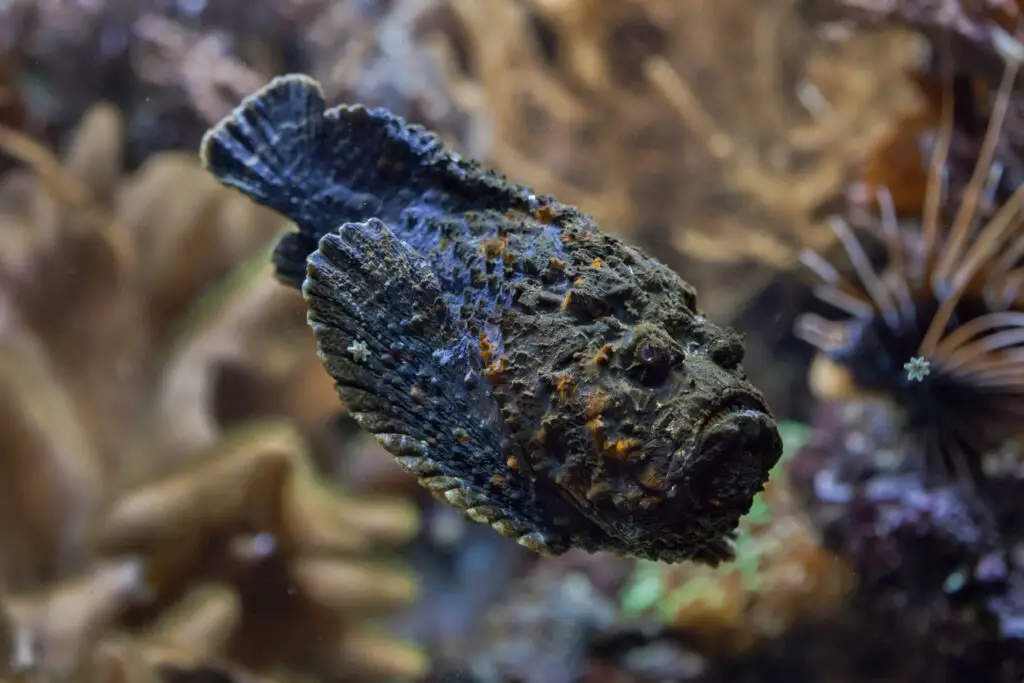
Stonefish are small, unassuming creatures that blend perfectly into the ocean floor—and they’re the most venomous fish in the world. Measuring only a few inches long, they’re nearly invisible until someone accidentally steps on them, triggering their venomous spines. The pain from a stonefish sting has been described as so excruciating that victims often pass out or beg to have the affected limb amputated. These stealthy fish aren’t aggressive by nature, but their venom-packed spines make them a serious threat to anyone who doesn’t watch their step. If you’re wading in tropical waters, keep an eye out—or risk an encounter with the most painful surprise nature has to offer.
7. Cone Snails: The Assassin Snail of the Sea
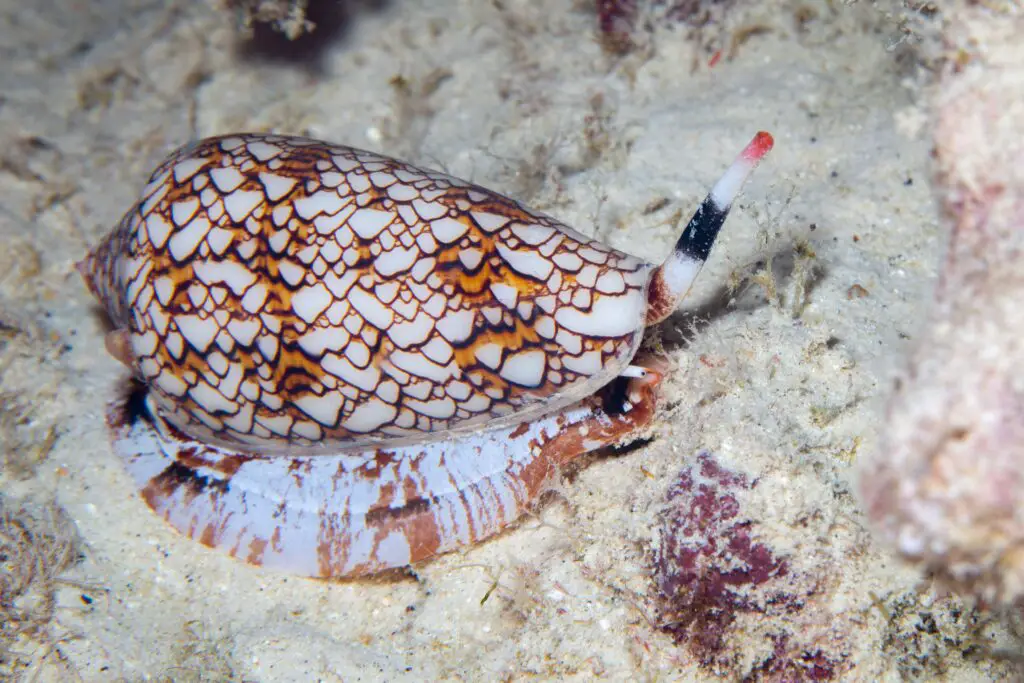
Cone snails may look like pretty little shells, but these aquatic predators are essentially ocean assassins. They use a harpoon-like tooth to inject venom into their prey, and the toxins can kill a fish almost instantly. Some species carry venom potent enough to kill humans, earning them the nickname “cigarette snail” because you’d only have enough time to smoke one if stung. The worst part? They don’t chase—they just sit there, looking harmless, until something gets too close. Cone snails are a reminder that the prettiest things in nature often come with the nastiest surprises.
8. Blue-Ringed Octopus: Tiny, Cute, and Deadly
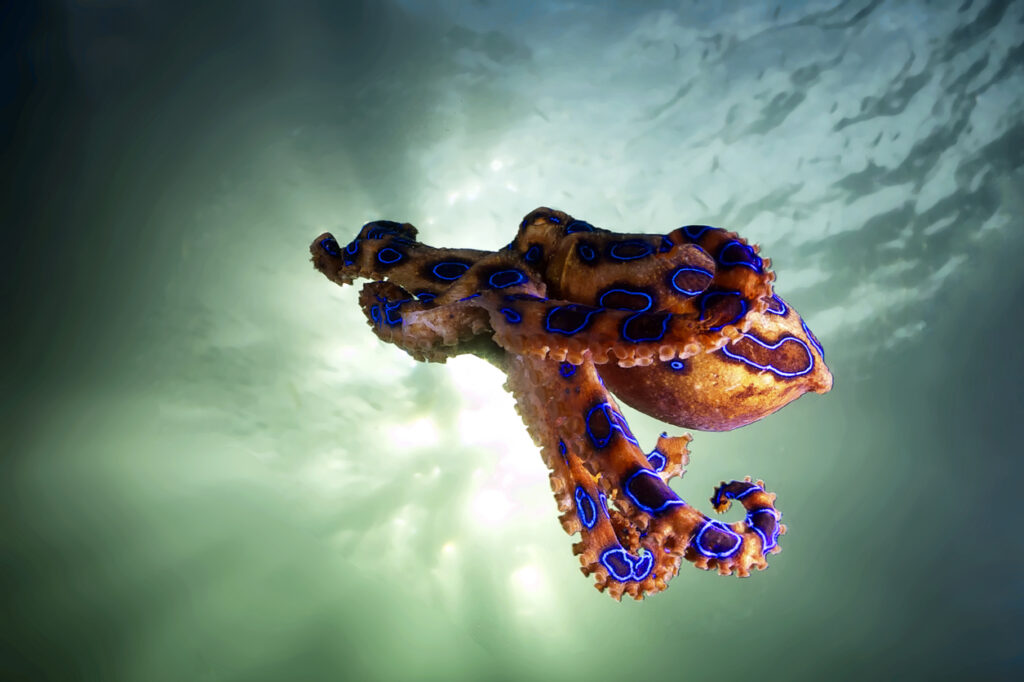
This palm-sized octopus is as mesmerizing as it is lethal. Found in tide pools across the Pacific, the blue-ringed octopus flashes its iridescent rings as a warning before delivering venom that can paralyze or kill within minutes. Their bite is painless, which means you might not even realize you’ve been stung until it’s too late. They’re so small and unassuming that people often pick them up, not realizing they’re holding one of the deadliest creatures in the ocean. If you see those glowing blue rings, back away slowly and count your blessings.
9. Fire Ants: Nature’s Angry Red Army
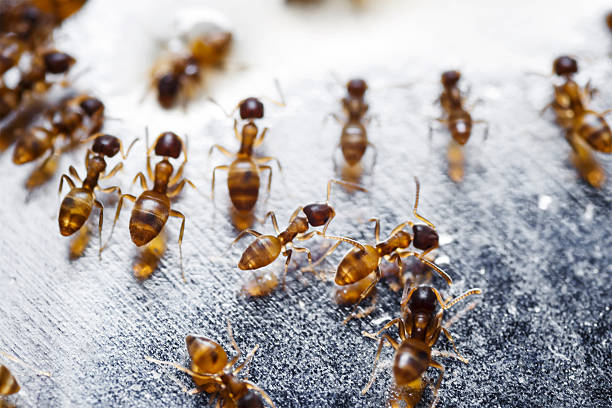
Fire ants may be small, but they more than make up for it with sheer aggression and teamwork. These tiny terrors will swarm anything that disturbs their nest, stinging repeatedly with venom that causes an intense burning sensation (hence the name). A single fire ant sting isn’t life-threatening, but hundreds of them can cause serious harm, especially for small animals or unlucky humans. They’re so relentless that they’ve been known to take over entire ecosystems, outcompeting larger, less aggressive species. If you stumble upon a fire ant mound, run—these ants don’t negotiate.
Poison Dart Frog: The Toxic Tiny Jewel
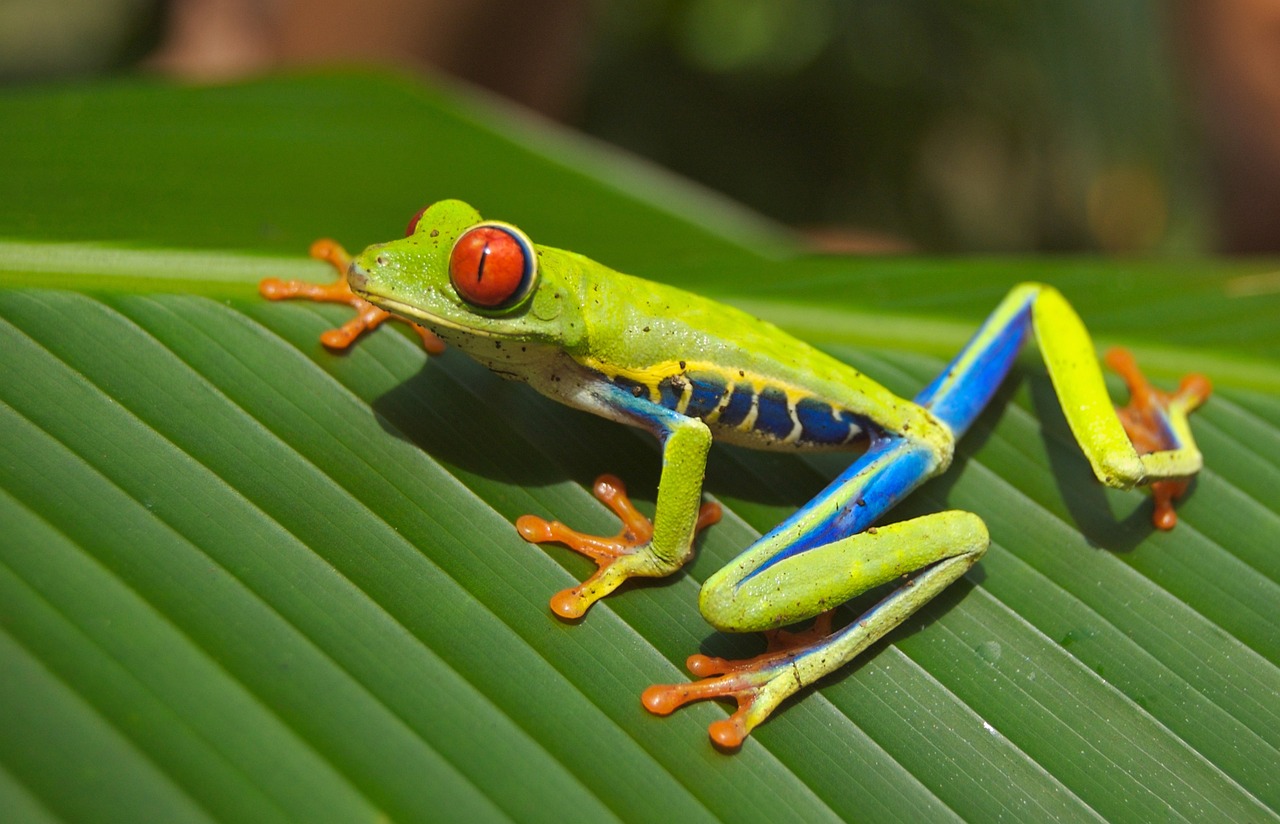
Poison dart frogs may be some of the most colorful creatures on Earth, but their beauty comes with a deadly warning. These tiny frogs, found in Central and South America, secrete toxins through their skin that can kill predators—or an unlucky human—on contact. Indigenous tribes once used their potent toxins to coat blow darts, which earned them their ominous name. Despite their size, some species carry enough poison to kill 10 adults, making them one of nature’s most efficient little assassins. If you’re trekking through a rainforest and see one of these dazzling frogs, admire their colors—but resist the urge to touch.
11. Tsetse Fly: The Tiny Terror of Africa
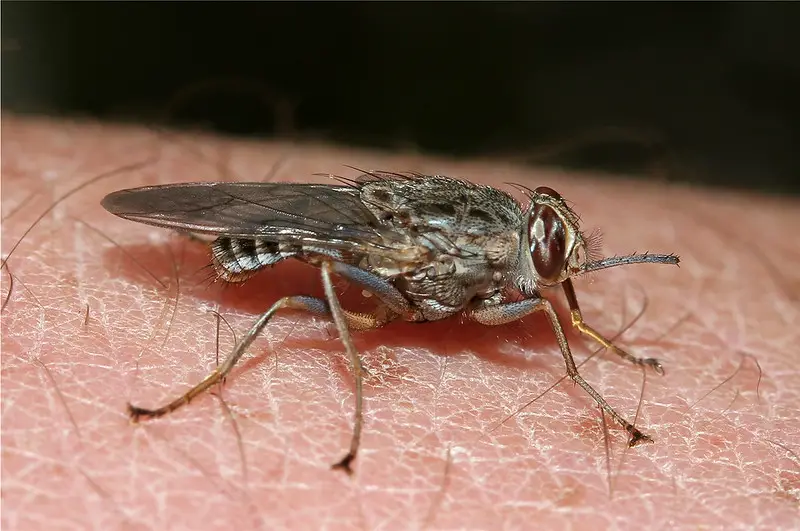
The tsetse fly may be small enough to sit unnoticed on your hand, but it’s responsible for some of the most devastating diseases in Africa. These little bloodsuckers transmit sleeping sickness, a parasitic disease that can cause fever, fatigue, and, if untreated, fatal brain damage. What makes them truly aggressive is their relentless need to feed—they’ll bite anything warm-blooded, including humans, with no hesitation. Female tsetse flies are particularly tenacious, requiring blood meals to reproduce, which only fuels their insatiable need to snack. They may be small, but their bite carries a far bigger impact than you’d ever expect from an insect.


